LIMITED EDITION OF THESE STUNNING SEAFLOOR IMAGES - 10 SETS ONLY
SIZE: 90X60cm printed in Acrylic Glass 6mm / Glossy surface
Brilliance lasts for 75 years
Hanging system included
Frameless
£1.800,00 per set
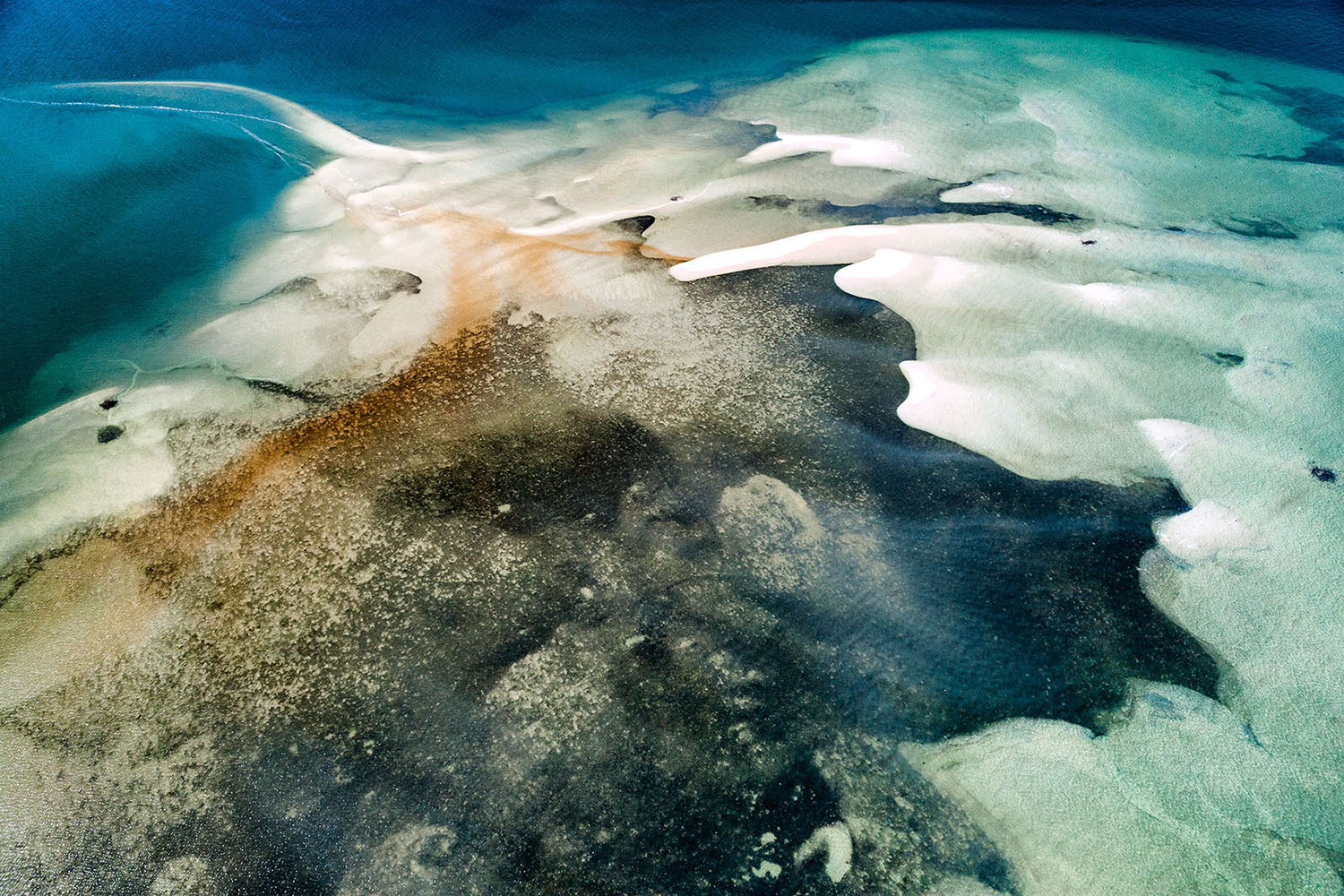



LIMITED EDITION OF THESE STUNNING SEAFLOOR IMAGES - 10 SETS ONLY
SIZE: 90X60cm printed in Acrylic Glass 6mm / Glossy surface
Brilliance lasts for 75 years
Hanging system included
Frameless
£1.800,00 per set




Just realized that I received a Honorable Mention at International Photography Awards 2014 !!!

Here some results of the CPS+ Fashion Experience Day with the Canon team where I learned some new tricks with photographers Jorg Kyas and Tony Wellington and had a chance to test the new Canon 5DSR 50 Megapixels camera. Was great to try some fashion photography, a completely new field for me.

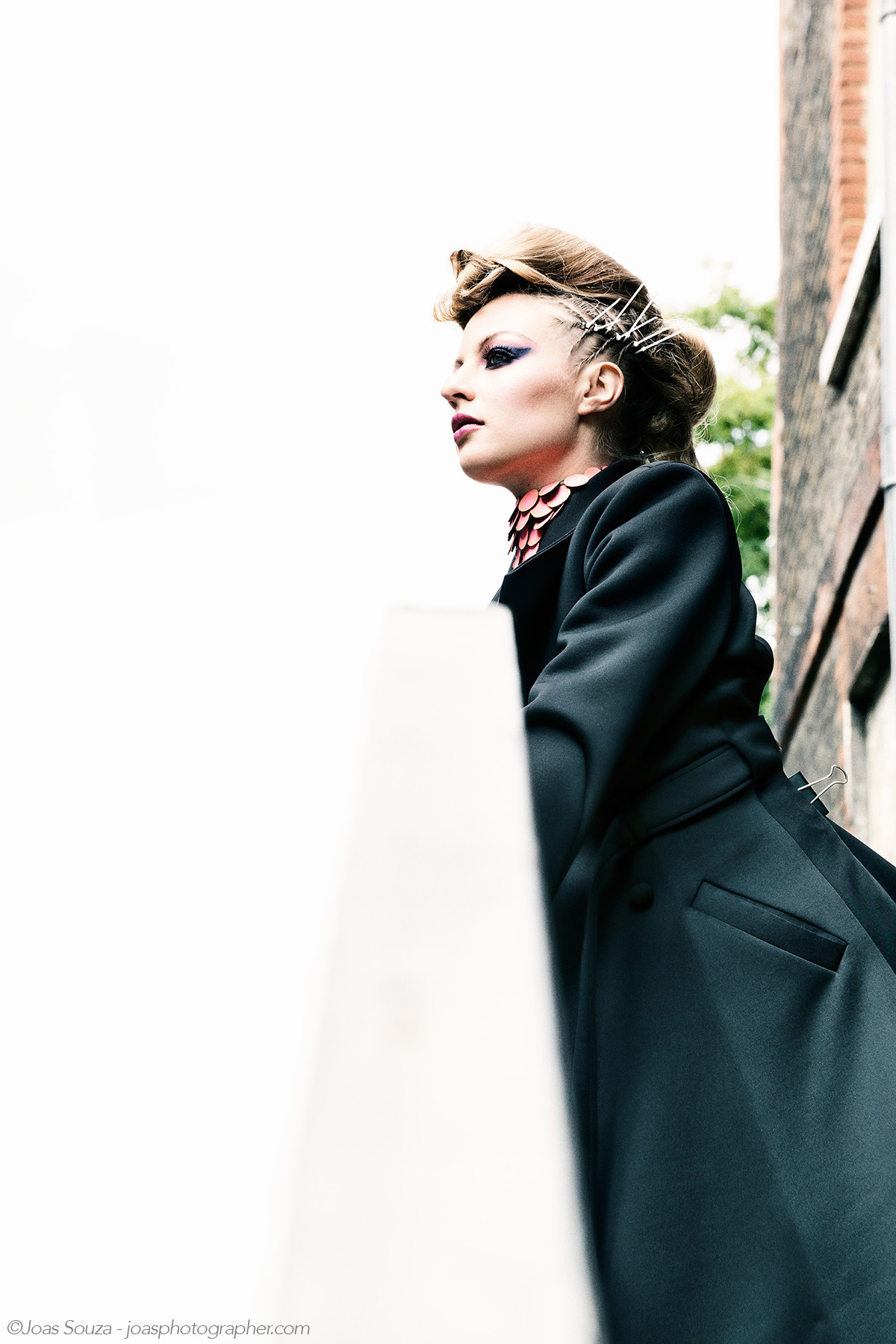
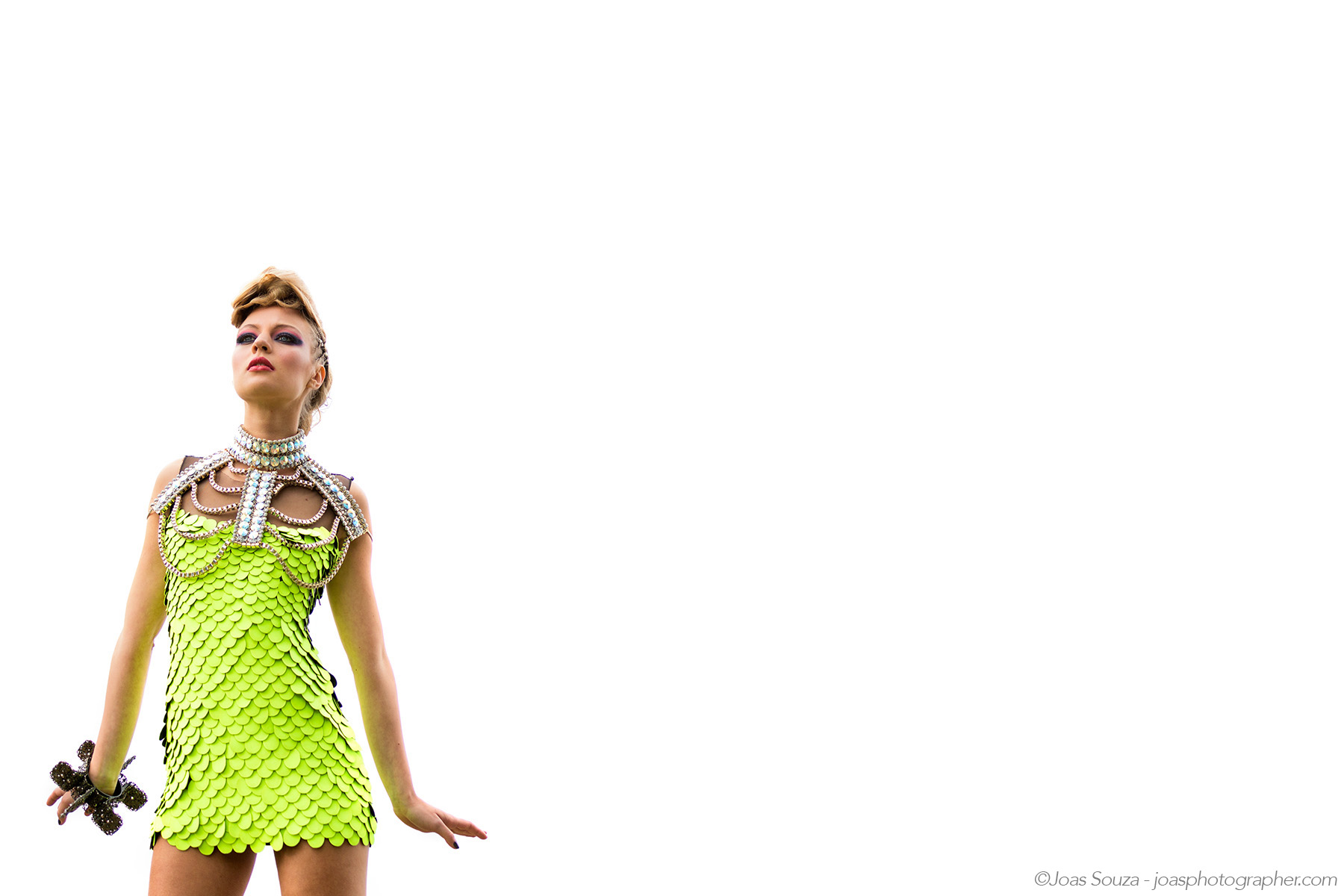
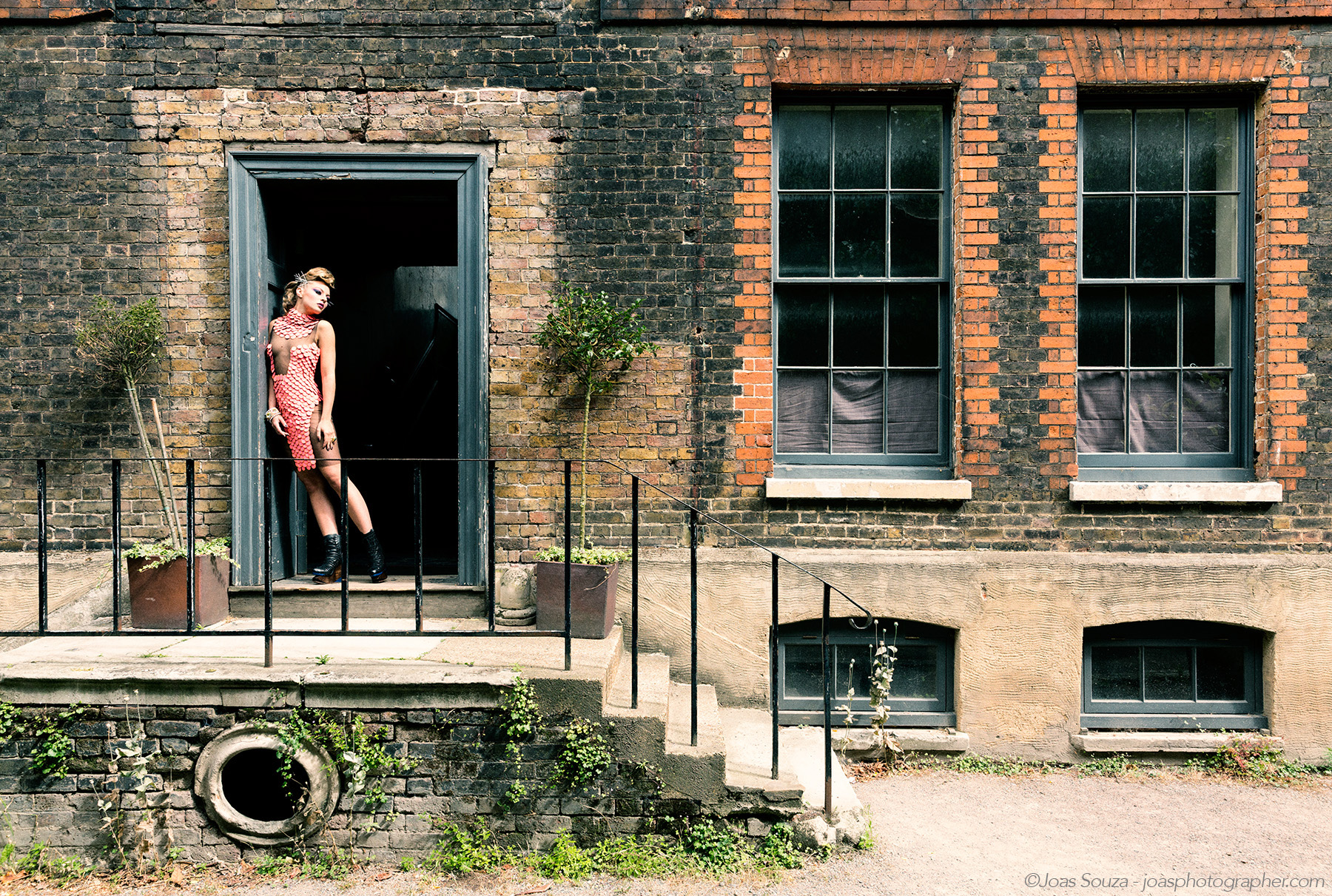


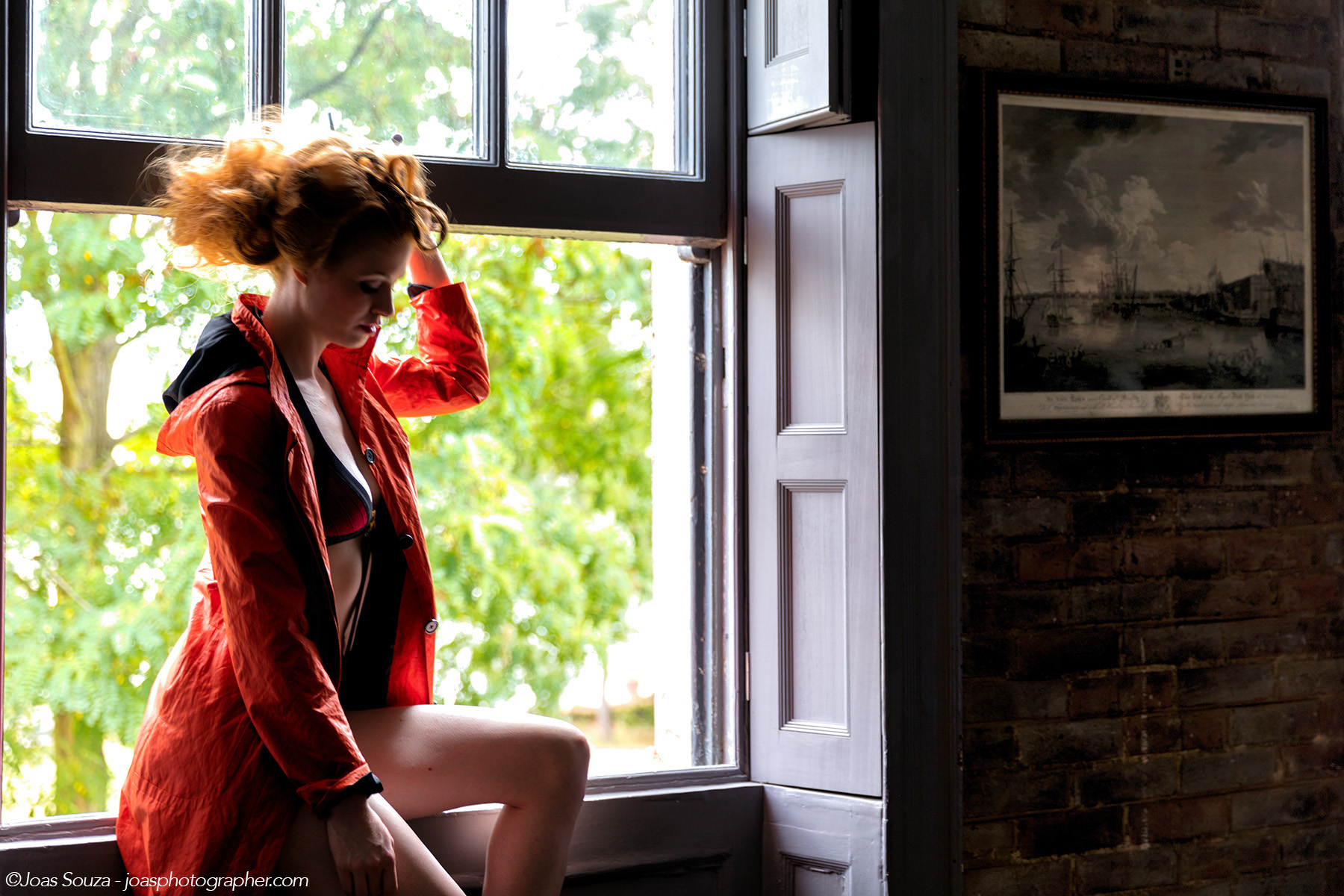
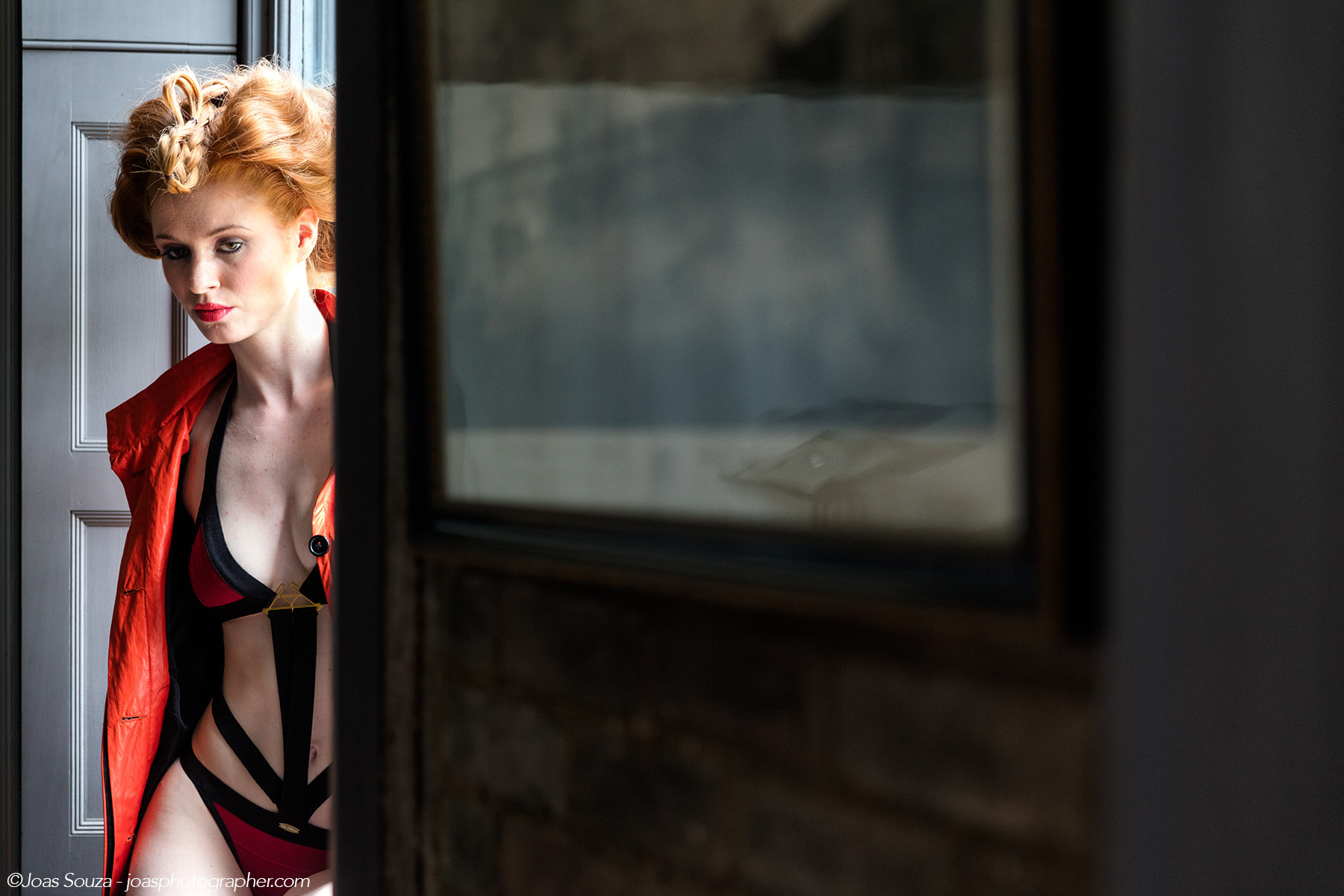
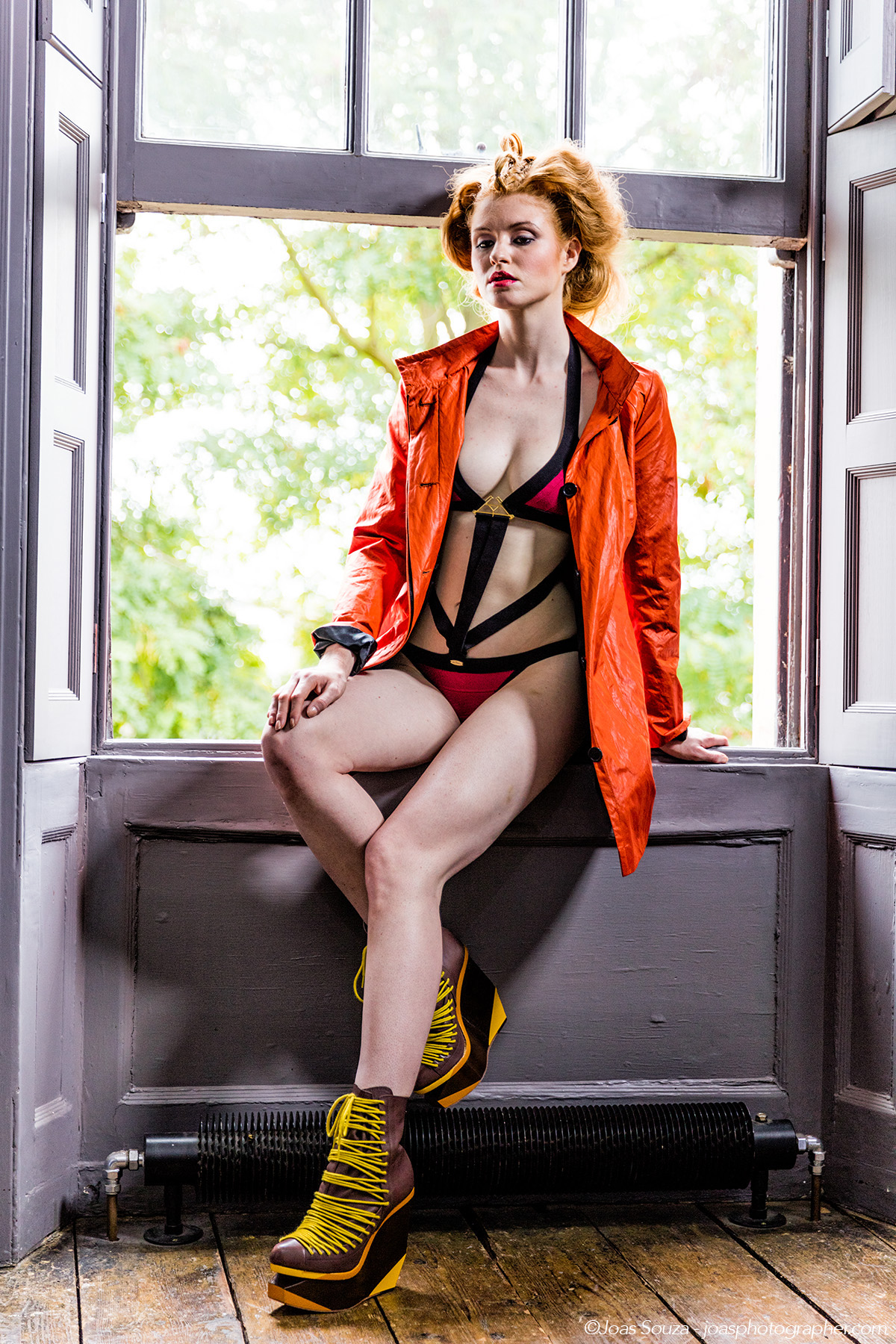
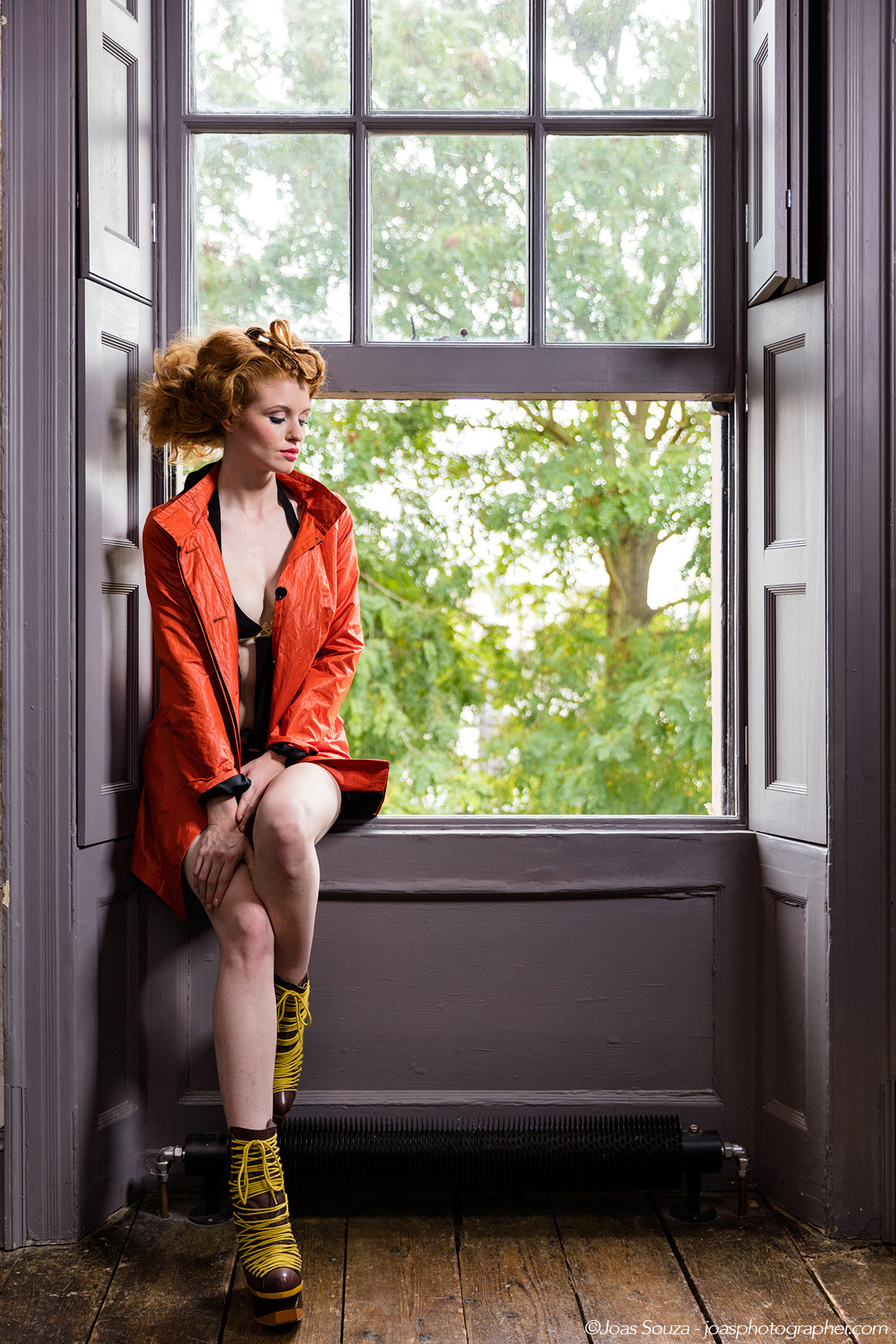
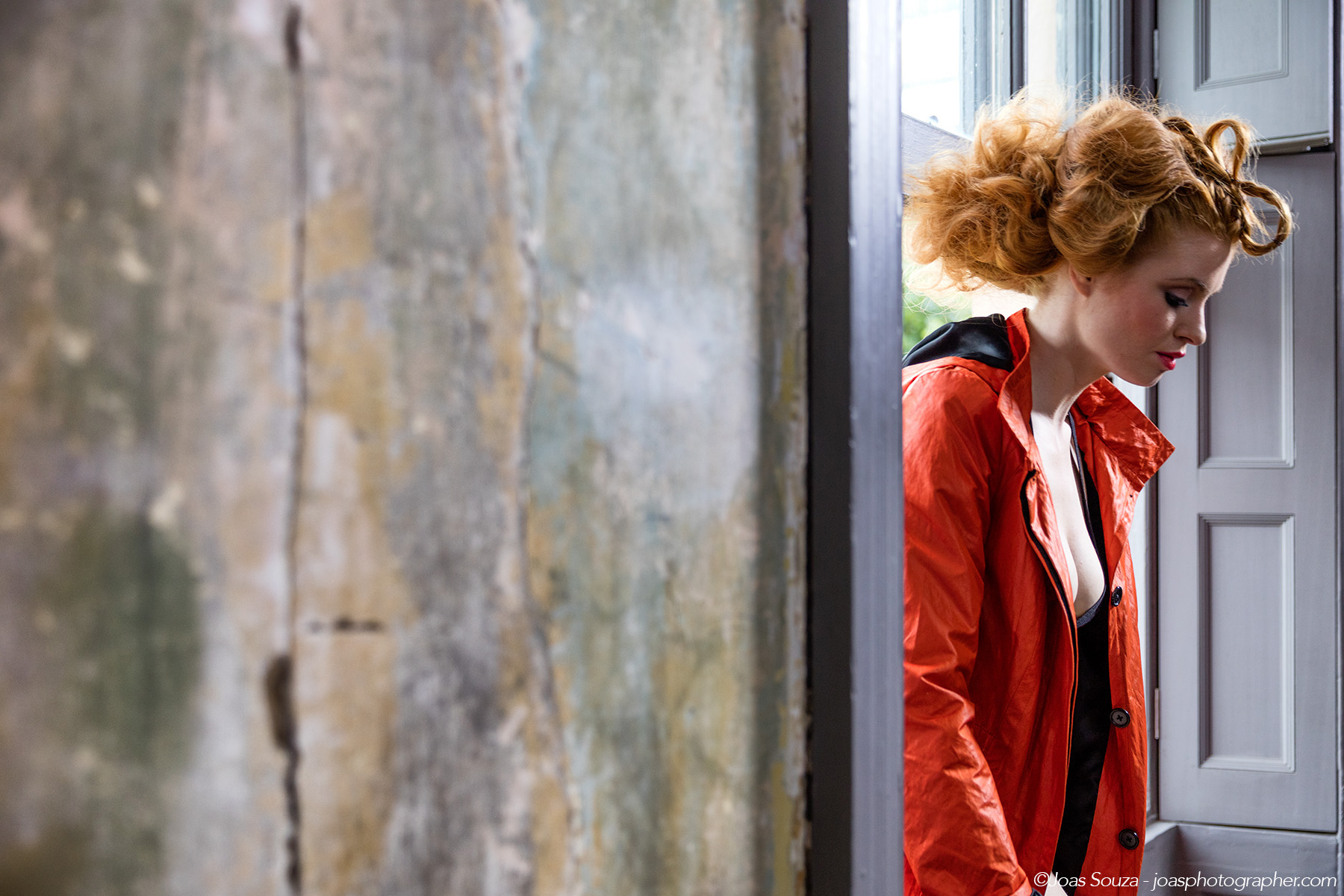

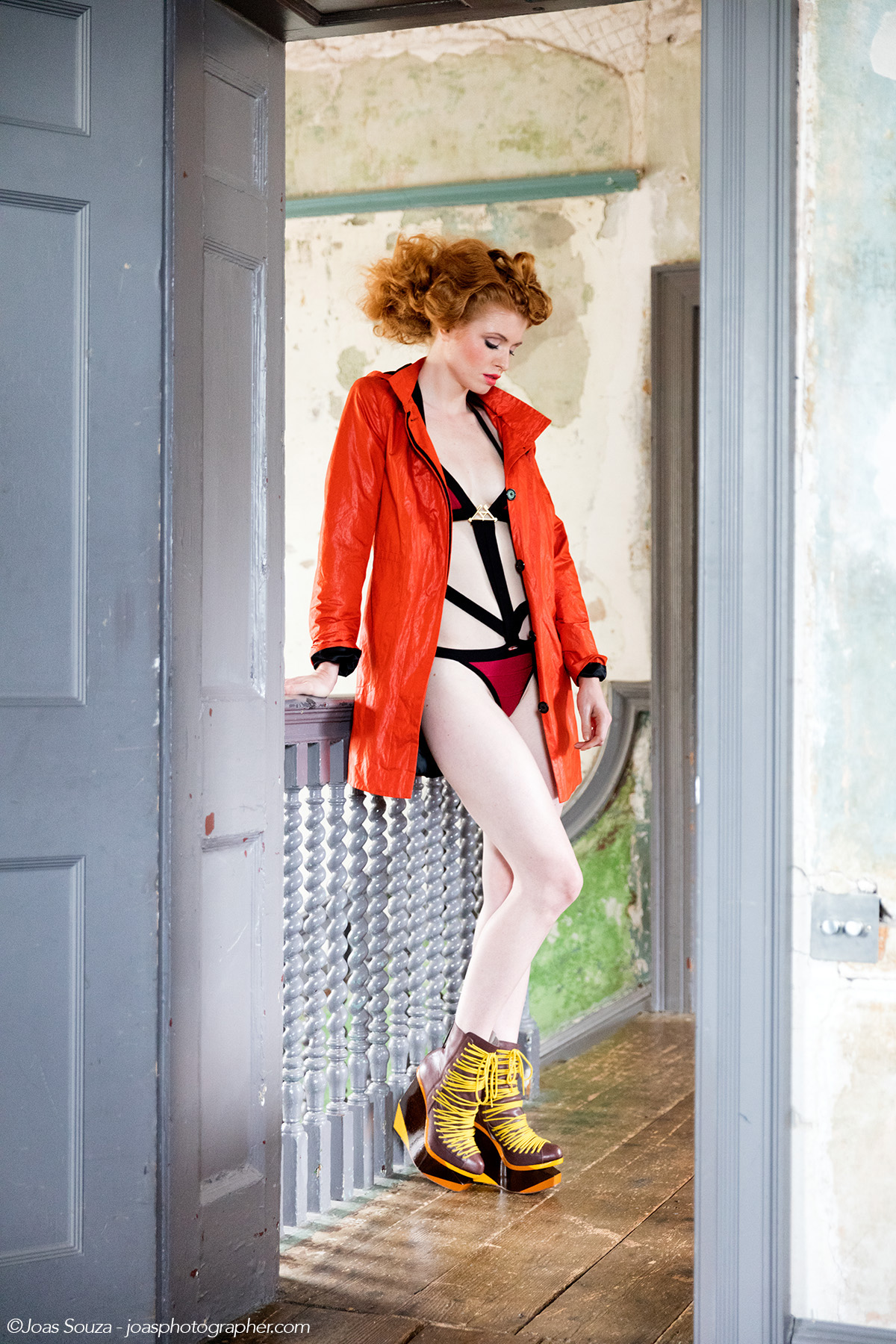
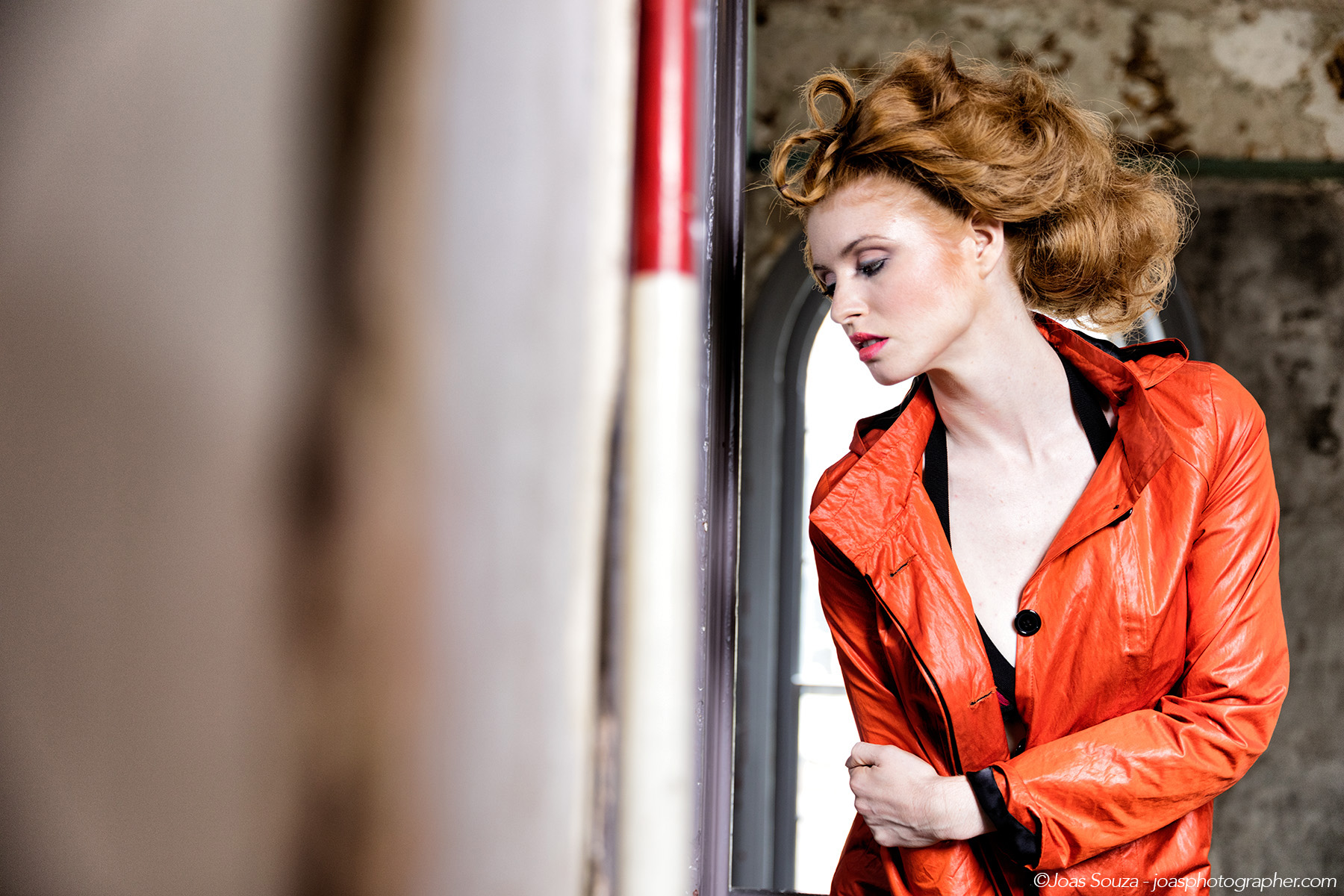
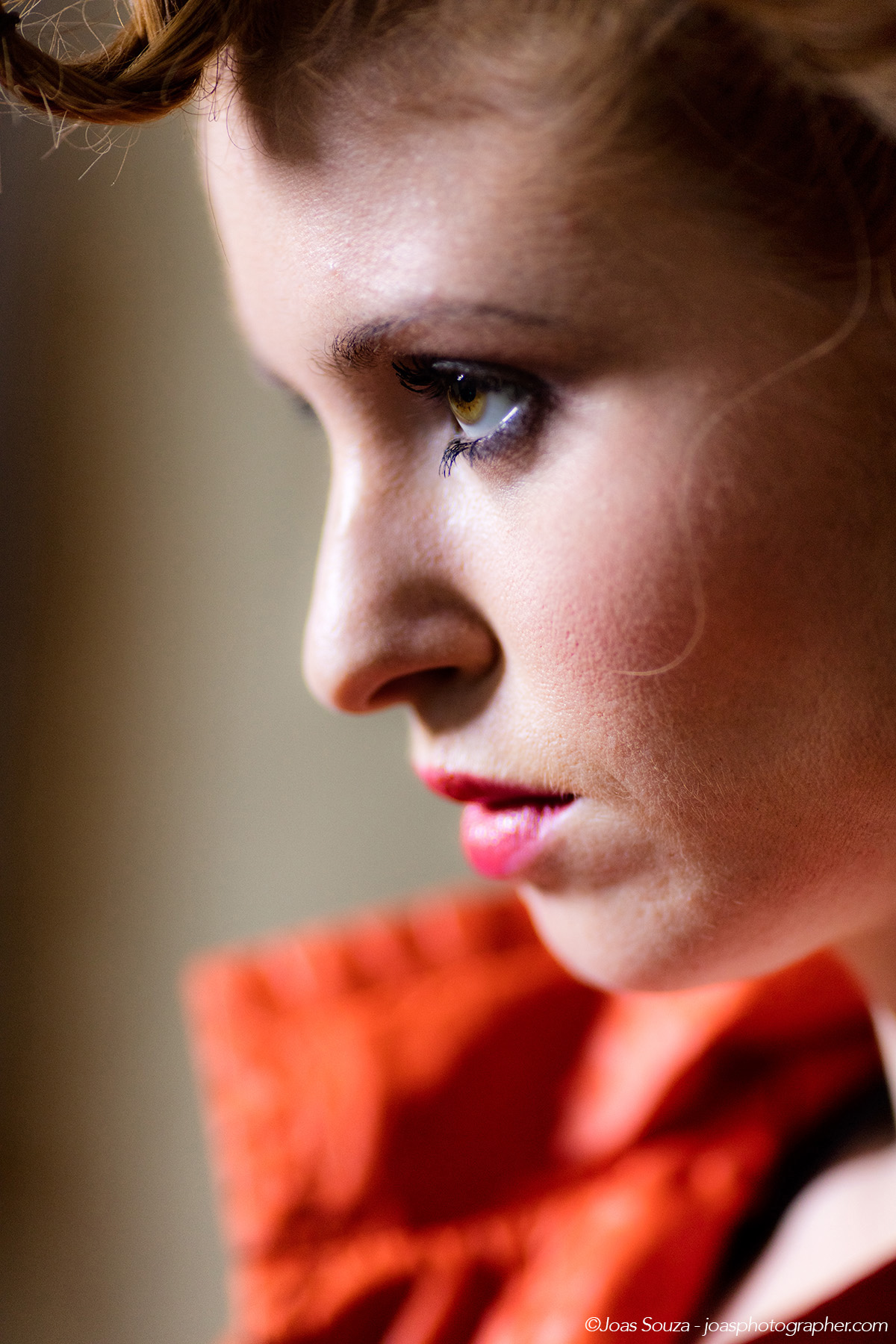

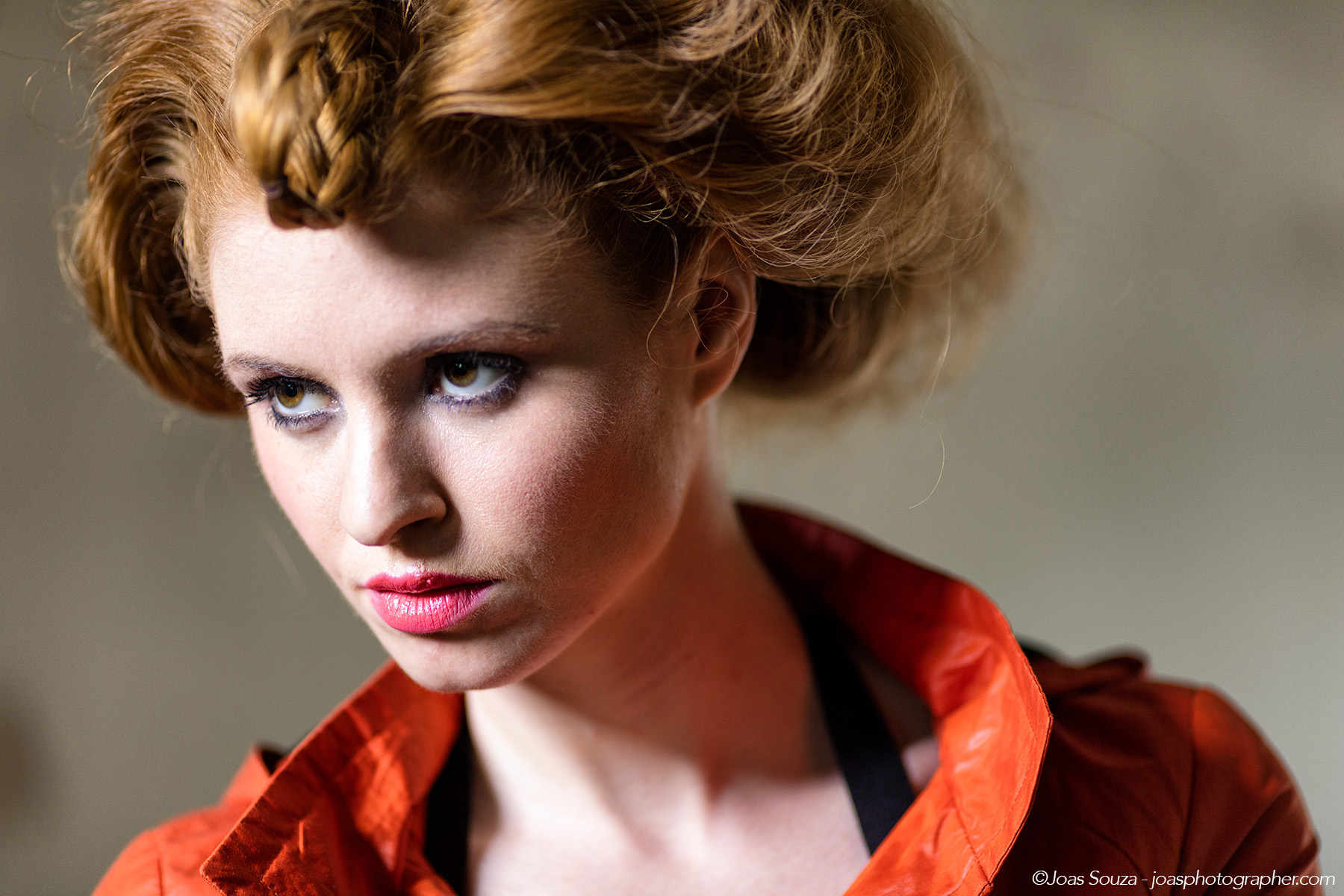
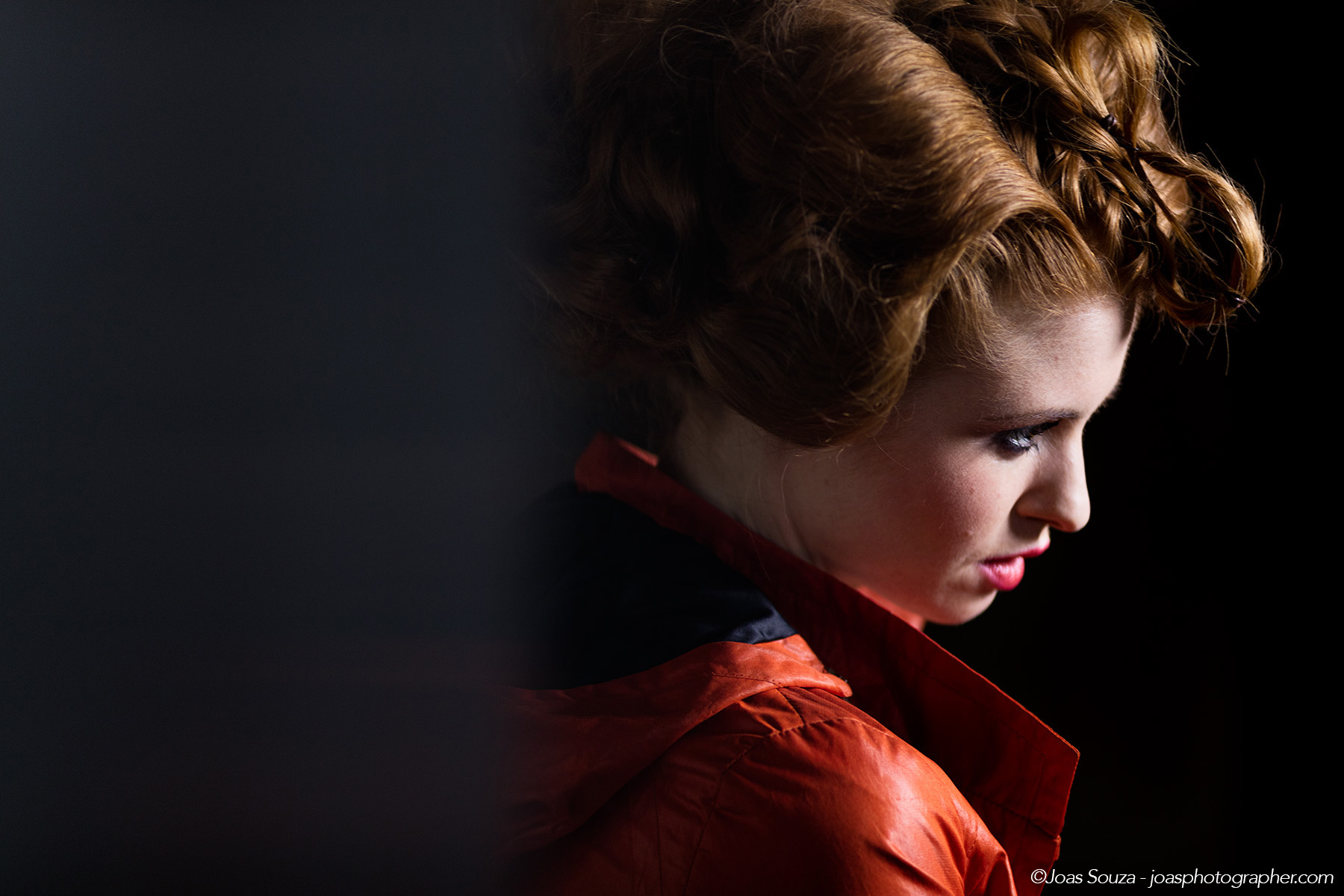
To be updated nowadays is a hard work, every day a better gear is available, and I can't stay behind. Today I got two of the newest lens from Canon, the EF 11-24mm f/4L USM ultra wide-angle zoom lens, with the widest angle of view (126º05’ diagonal) ever achieved for a rectilinear full-frame Digital SLR lens and the new Canon 16-35mm f4L ultra wide-angle zoom lens features newly developed, high quality Canon optics that incorporate three GMo (Glass-Molded) aspheric lens elements, including a large-diameter aspheric lens, which help improve image quality by correcting aberrations.

Brutalism is an architectural movement that has always fascinated me, especially once I moved to the UK where I had the opportunity to personally contemplate a variety of buildings resulting from this movement. I have always had a strong desire to photograph “béton brut” projects, given the monochrome colours and the prolific use of geometric shapes. Unfortunately, there is almost no demand from my typical client base of architects and property investors for photographs of such projects. In fact, many of the projects have already been earmarked to be demolished to make space for modern architecture. Given these facts, I decided to hurry and turn this desire to portray this architectural movement into a personal project.
I chose two great iconic projects of Brutalist architecture in London, the Barbican Estate by Chamberlin, Powell and Bon and the Balfron Tower + Carradale House complex by Ernő Goldfinger. When portraying the Barbican, my eye searched for the details, the structure, rather than attempting to photograph the estate as a whole. The absence of colour sharpens my eyes to capture even more, the design, the texture of the raw concrete, the graphism created by not only by the design itself but for the curious shadows that such design creates once it is reached by the sun light, changing the landscape at all times. My first series, about the Barbican Estate, was completed recently. Here you can see a selection of 40 carefully selected images that illustrate, in all its splendour, the most beautiful part of this movement. My Balfron Tower + Carradale House photo series is underway and will be completed very soon.

Architectural and Interior photography of the AHMM Office in London by Architectural Photographer Joas Souza.
Read MoreClient: Prestbury Investment Holdings.
Job: Madame Tussauds Building
£300 millions sale of Madame Tussauds building by CBRE on behalf of Prestbury Investment.

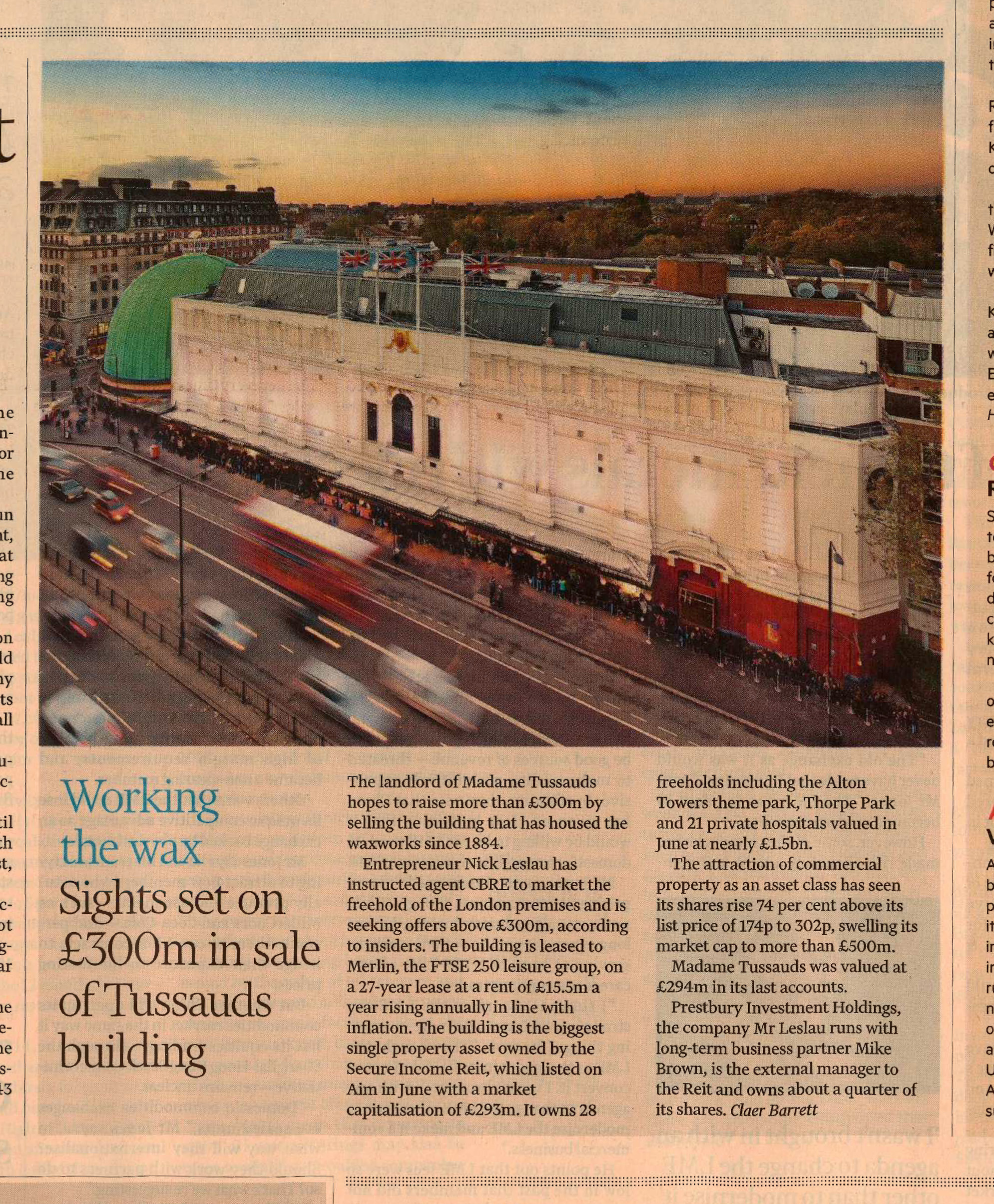
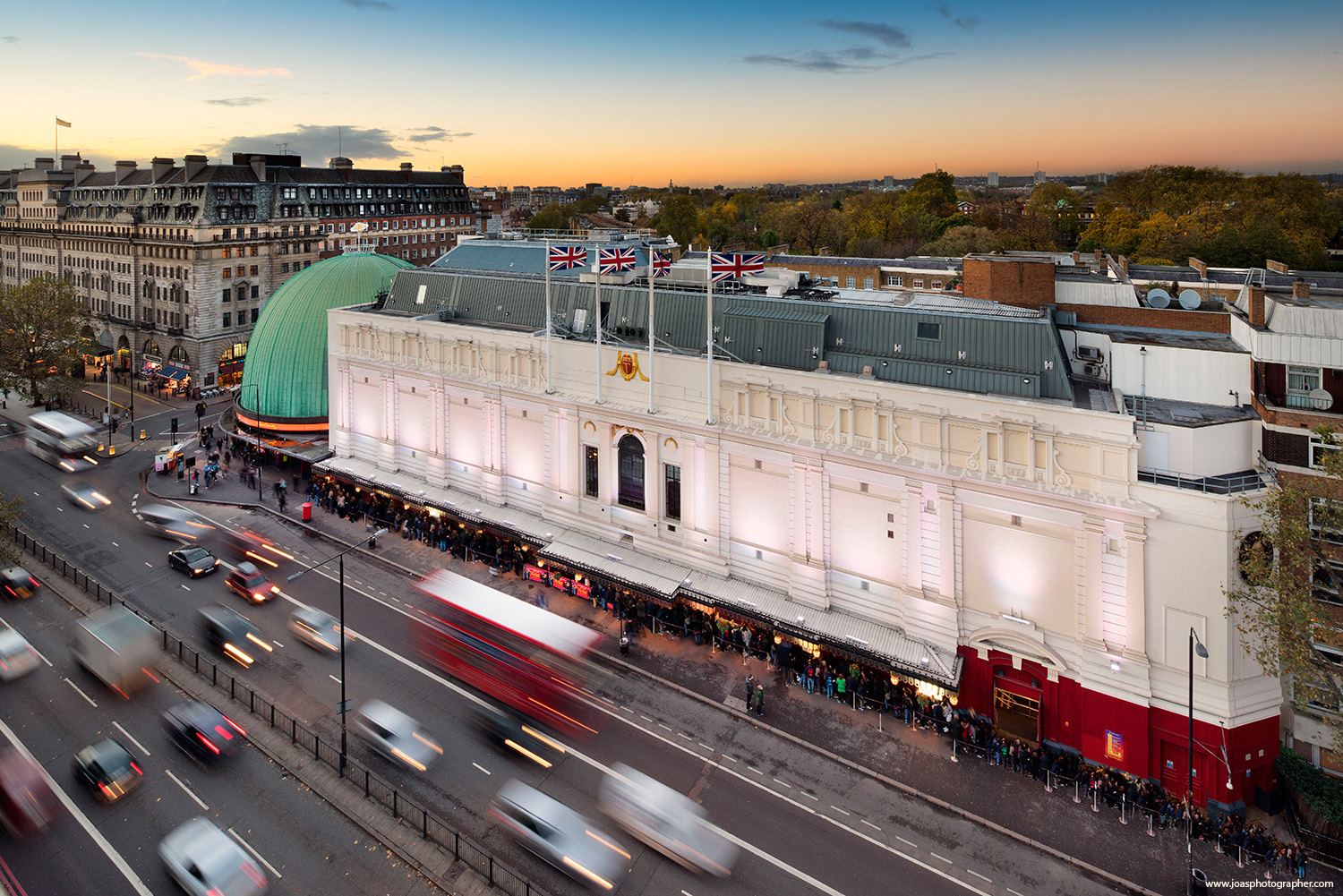
Got very surprised yesterday after spotting my photo featuring the cover page of London Property Magazine - February Edition
Client: Aston Chase - http://astonchase.com/en/sales/properties/rgs140140-marlborough-place-st-john-and-039s-wood-london


Photography Monthly Magazine - November 2014 Edition features 4 pages with my top tips and techniques for Architectural Photography. On sale now.

This month, Técnica & Prática Magazine by Fotografe Melhor (Brazil) features my tips and technics for Aerial Photography.





Digital SLR Photography Magazine features Master of Architecture by Joás Souza Photographer - October 2014 on sale now!
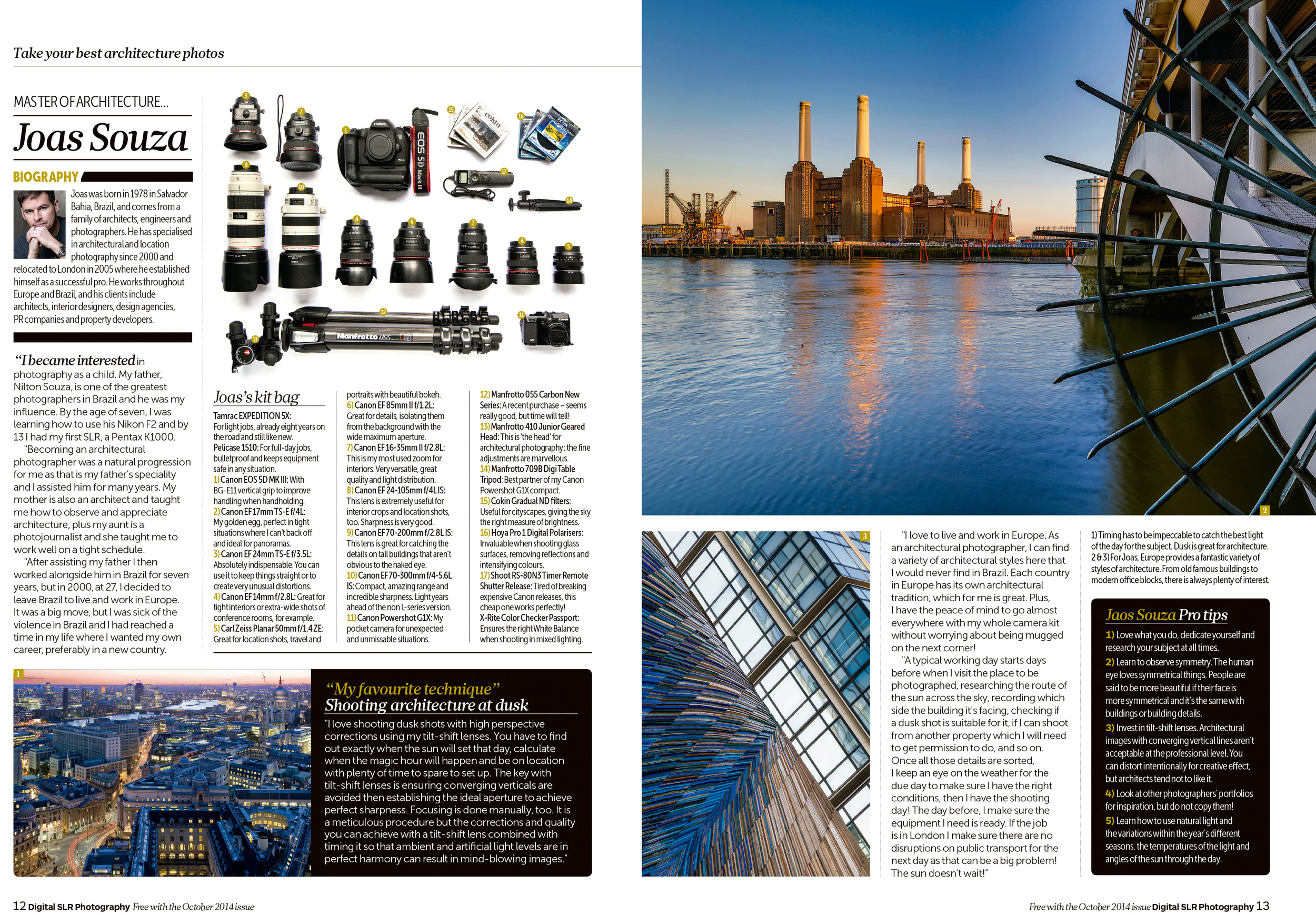

Digital Photographer Magazine Issue 152 on SALE NOW features my Top 10 advices to get great architectural photography.
Buy here: https://www.imagineshop.co.uk/index.php/catalog/product/view/id/3087/s/digital-photographer-issue-152/?utm_source=Digital+Photographer&utm_medium=button&utm_campaign=Product-Widget
britain aerial photos
britain aerial photos
britain aerial photos
britain aerial photos
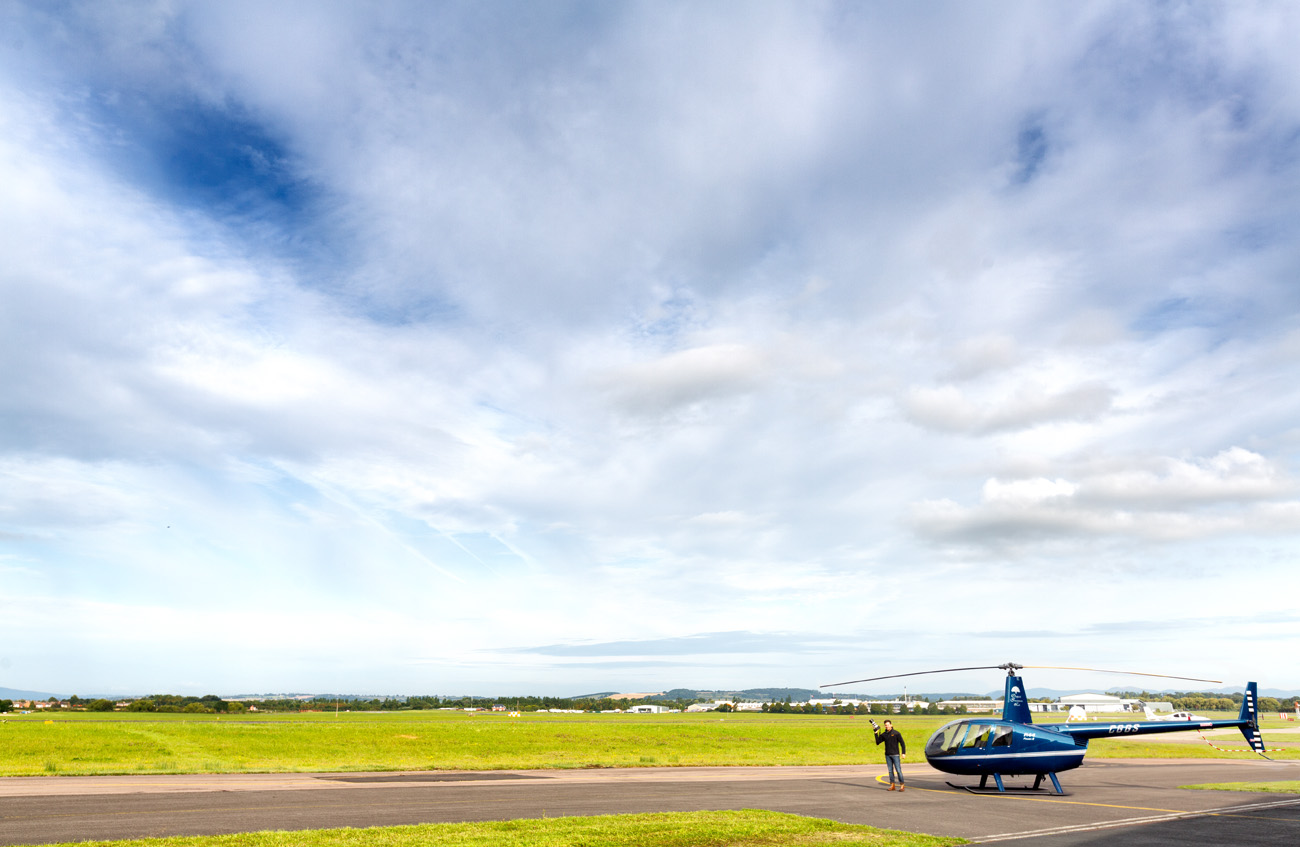
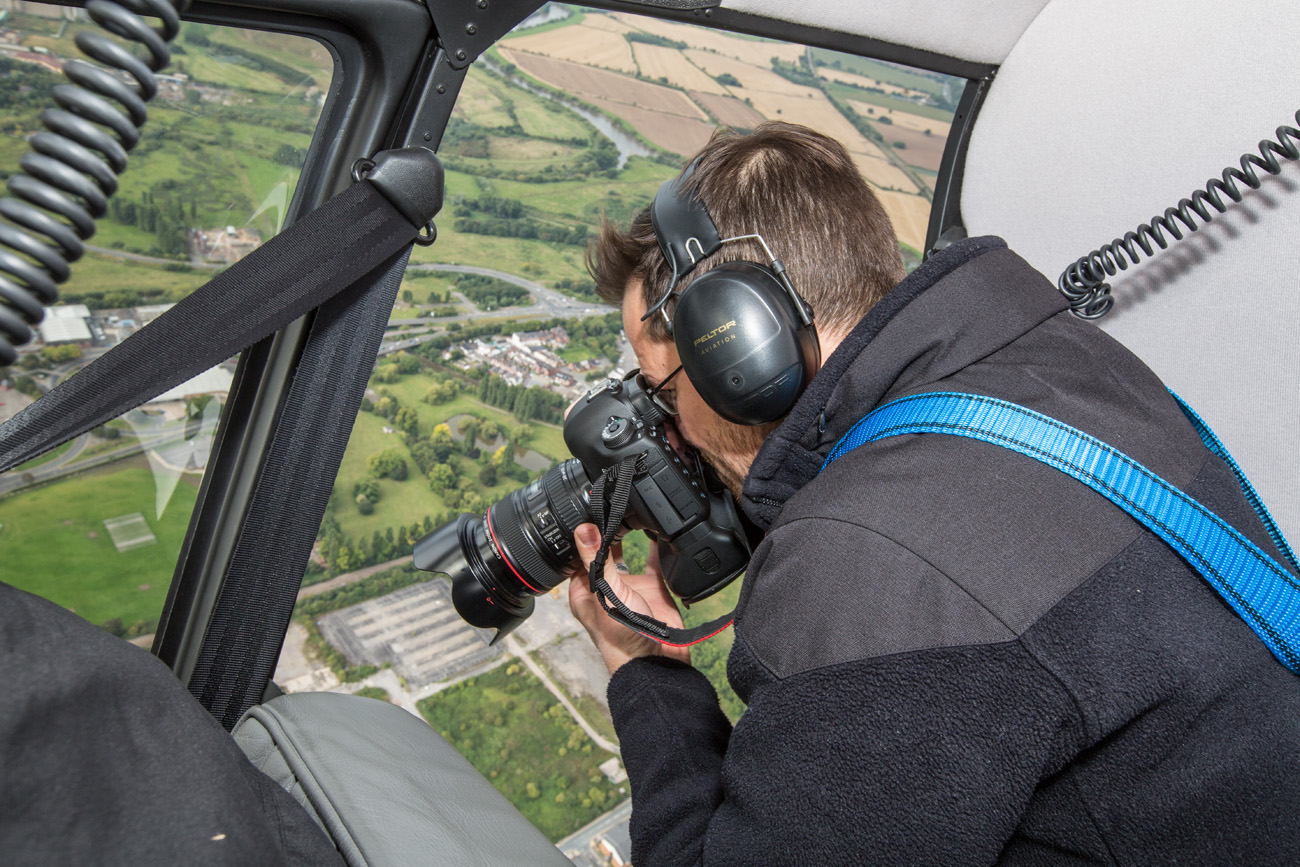

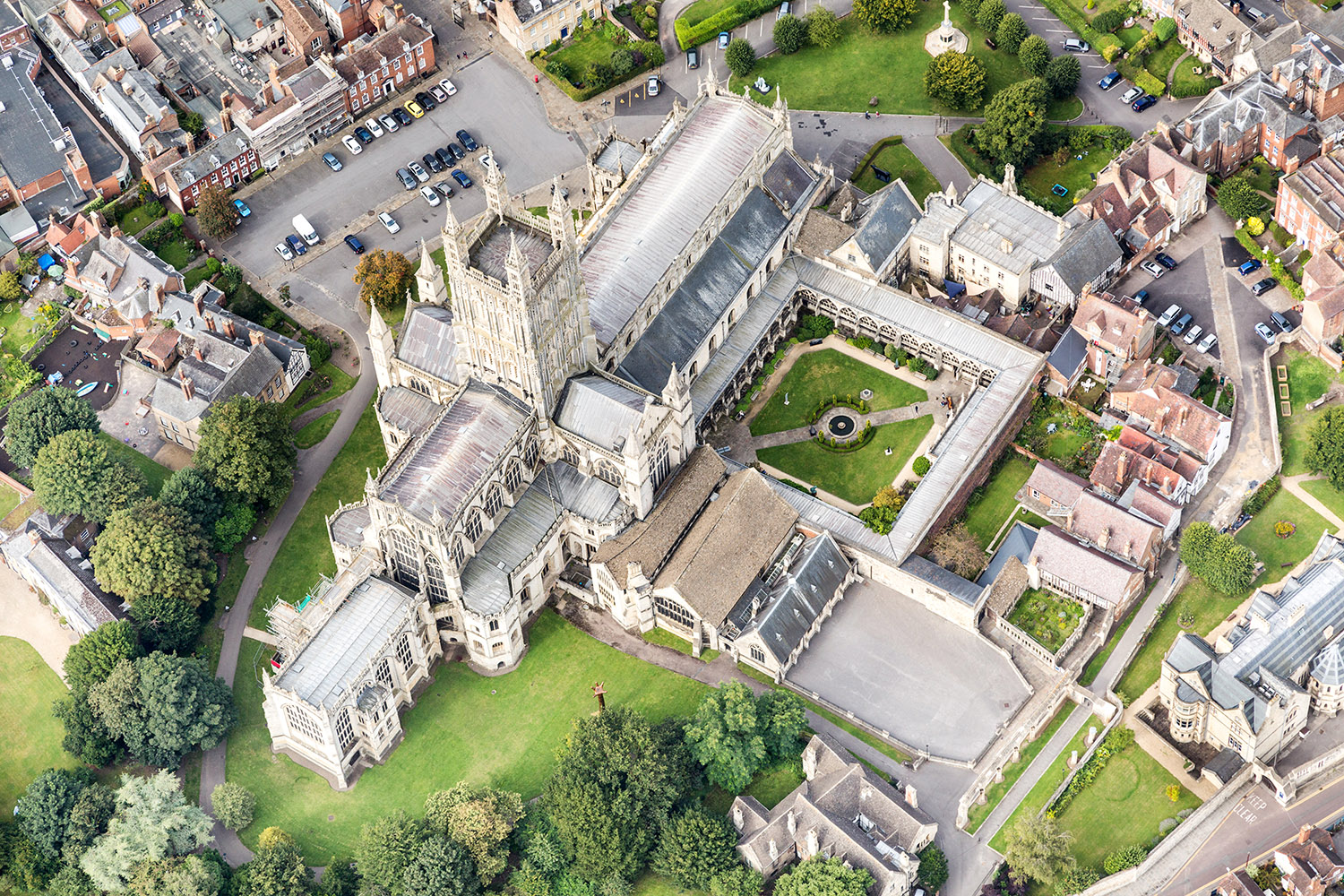
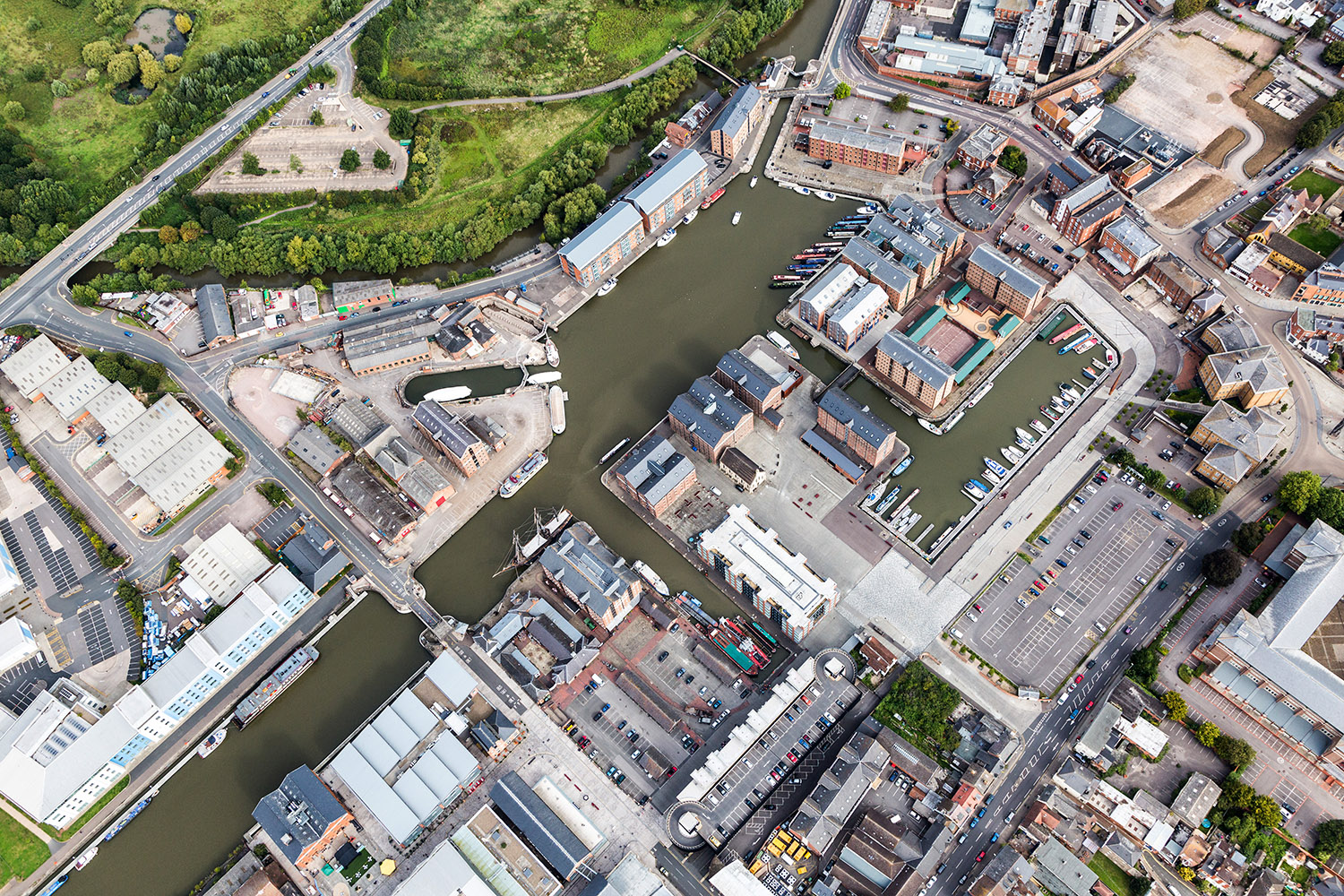


Just had my interview for ePHOTOzine published! Check it out on http://www.ephotozine.com/article/ephotozine-talks-to-joas-souza--26001
Coming soon at VIETCAFE Haymarket, my exhibition displaying some of my best shoots taken on the streets of Ho Chi Minh City and Hanoi.

After 6 years of hard work, it is time to say goodbye to my warrior Tamrac Expedition 5 Backpack Camera Bag, my equipment got bigger and this new generation of lenses are even bulkier, I had to move on and get a bigger bag, this time, I got the outstanding ThinkTank Airport Series and I really hope that it wil last even longer! Time will tell.

I couldn't wait another day to test the new 24mm TS-E II and the new set of Formatt ND filters that just arrived. I couldn't spend much time testing it, had a meeting to attend just after, but was enough to have a taste of what I will be able to do.

The september edition of Selfbuild&Design Magazine is featuring as cover page, one of my images made to the interior designer Gianna Camilotti about her Church Conversion. On sale now!

I just received my new Canon 24mm TS-E f/3.5 lens, after many years of hard work I'm now retiring my old one! The new one comes with a superb optical quality, totally redesigned, been the first lens (together with the 17mm TS-E) to have an independent rotation of the tilt and shift axes relative to the camera and to each other!
Previously the tilt axis was set as standard at 90º to the shift axis, and the lenses could be modified to set them both in the same axis if the user desired. This restriction has now been discarded, making the lens movements, and therefore creative options, much more flexible. The tilt and shift mechanism rotates +/-90°, allowing shift in any direction, and in addition the tilt mechanism independently rotates +/-90°, allowing tilt in any direction relative to the shift. This functionality enables me to maximize depth of field in their images without stopping down as far as they would otherwise need - essential when wishing to squeeze every last pixel of detail from the latest 20+ Mp DSLRs while avoiding the deleterious effects of diffraction.
Canon has also gone to town on the the optical designs, including the use of high-precision aspherical front elements to keep distortion to a minimum, and multiple UD elements to reduce chromatic aberration. In the case of the TSE 24mm F3.5 L II, this means a considerably more complex formula than its predecessor - 16 elements in 11 groups, as compared to the 11 elements in 9 groups of the older design. According to Canon, the usable image circle is also much larger - 67.2mm as opposed to 58.6mm - which in principle allows a greater range of movements without vignetting. The lens also utilizes the company's new 'Sub-Wavelength Structure Coating', which is designed to reduce flare and ghosting dramatically in lenses that contain large curve-radius elements - most notably wideangles. Also included is the currently-fashionable circular aperture diaphragm, designed to give an appealing rendition to out-of-focus regions of the image.
Well, I can't wait to put this amazing lens in the field! You shall see the results soon!
Joas
Within a month the British Museum WCEC will be complete and ready to be photographed. Meanwhile I got this snapshot and I'll start my researches about the sun position during this time of the year, the weather, all possible angles and the equipment necessary to get extraordinary shots.